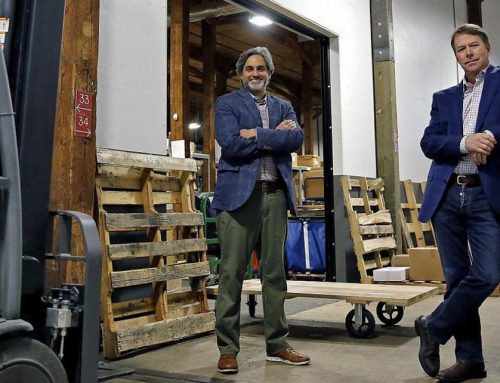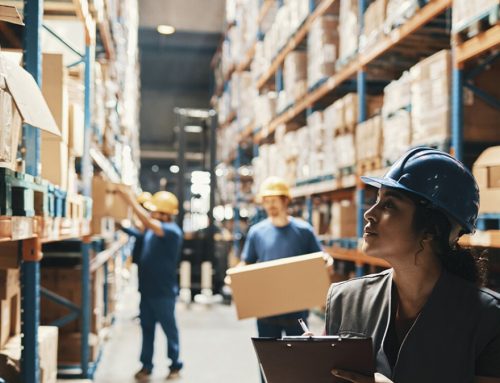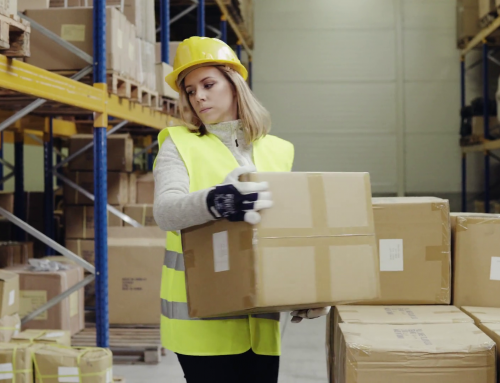Introduction
Modern-day businesses understand that costs related to the supply chain process can spiral out of control. In layman’s terms, reverse logistics involves operations associated with moving materials or products from the user and back to the manufacturers and suppliers.
In 2020, the reverse logistics market was worth over $635 billion and is expected to hit the $958 billion mark by 2028. From the eCommerce perspective, reverse logistics comes into play when customers decide to return a specific product for specific reasons. And how the manufacturer or the store owner gets back the product and what happens to the product across different stages point to reverse logistics.
So, How Can You Utilize Technology for Reverse Logistics?
Your first step is to understand the importance of maintaining optimized flow for all products and how
reverse logistics is central. Businesses can use a combination of practical and efficient processes paired
with the right technology.
However, since every establishment is different, understand that your reverse logistics structure may
differ from that of other companies. On the bright side, you can utilize various tech solutions like mobile-based carts, RFID tags, bar codes, and warehousing management systems to efficiently manage
the reverse logistics process.
As more people now shop online, it makes sense to have a solid reverse logistics strategy in place to run
a growth-driven and successful business. In line with reverse logistics, you can use various technologies
and techniques to improve the current position of your business, increase customer satisfaction, achieve
sustainability, and save more costs.
Benefits of a Robust Reverse Logistics Process
Companies that set up an efficient and robust reverse logistic system can minimize their impact on the
environment. Plus, it allows businesses to improve their brand perception and avail sustainable returns.
A highly efficient reverse logistics system help companies find value in discarded products or materials.
As a result, it helps businesses lower operational costs and increase profit margins.
Conclusion
In retrospect, reverse logistics has become essential for businesses throughout the world. And part of it
has to do with more awareness about how reverse logistics directly impacts brand perception, business
costs, and the environment.
REFERENCES:
https://www.ar-racking.com/en/news-and-blog/storage-solutions/quality-and-security/what-is-reverse-logistics-concept-types-and-logistical-advantages
https://www.thebalancesmb.com/reverse-logistics-2221089
https://www.newcastlesys.com/blog/the-importance-of-reverse-logistics-in-your-supply-chain
https://magenest.com/en/what-is-reverse-logistics/
https://www.prologis.com/what-we-do/resources/process-challenges-of-reverse-logistics



